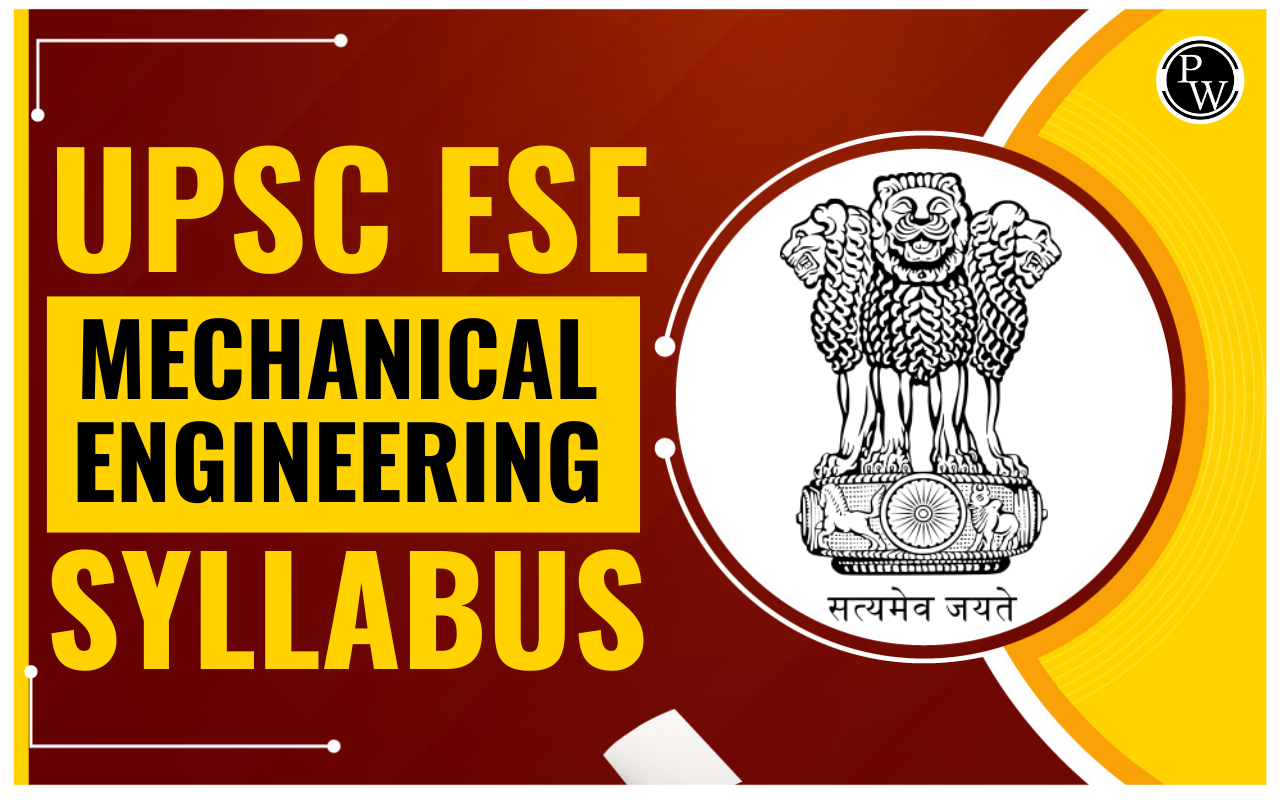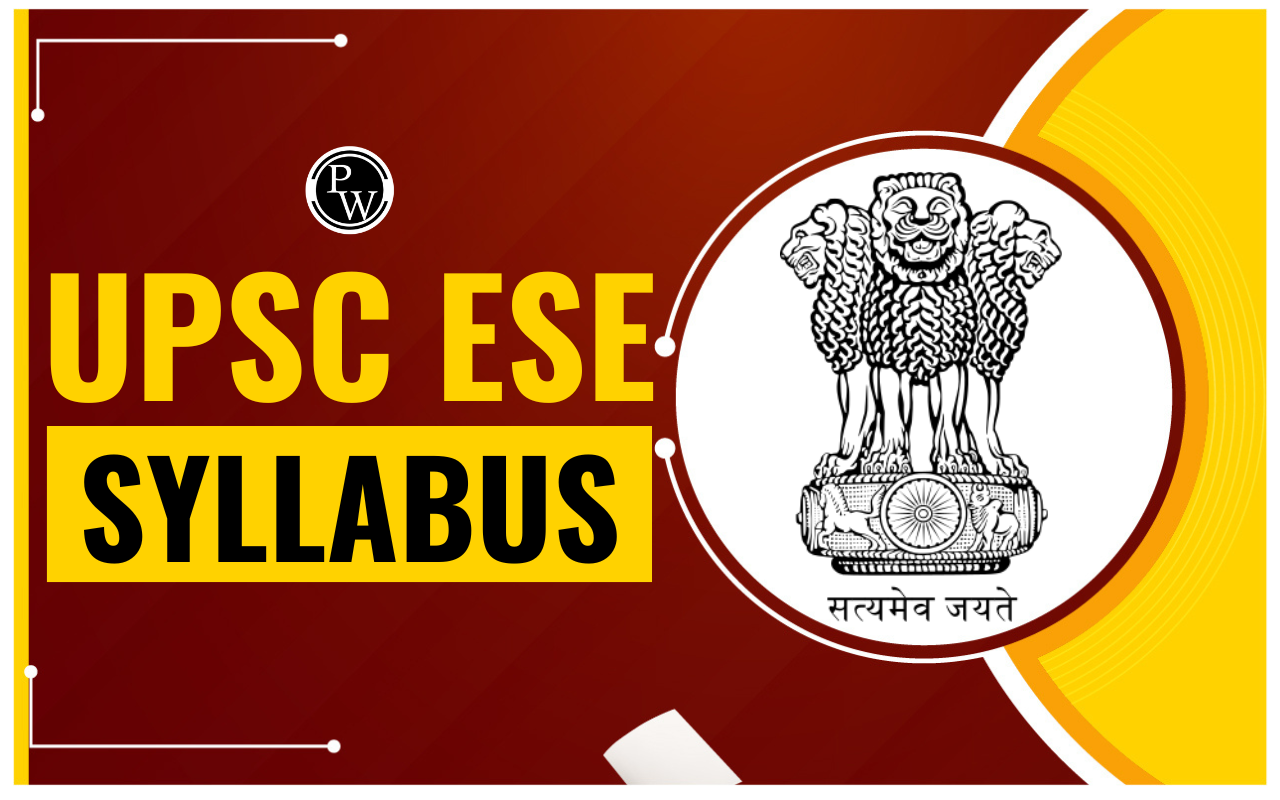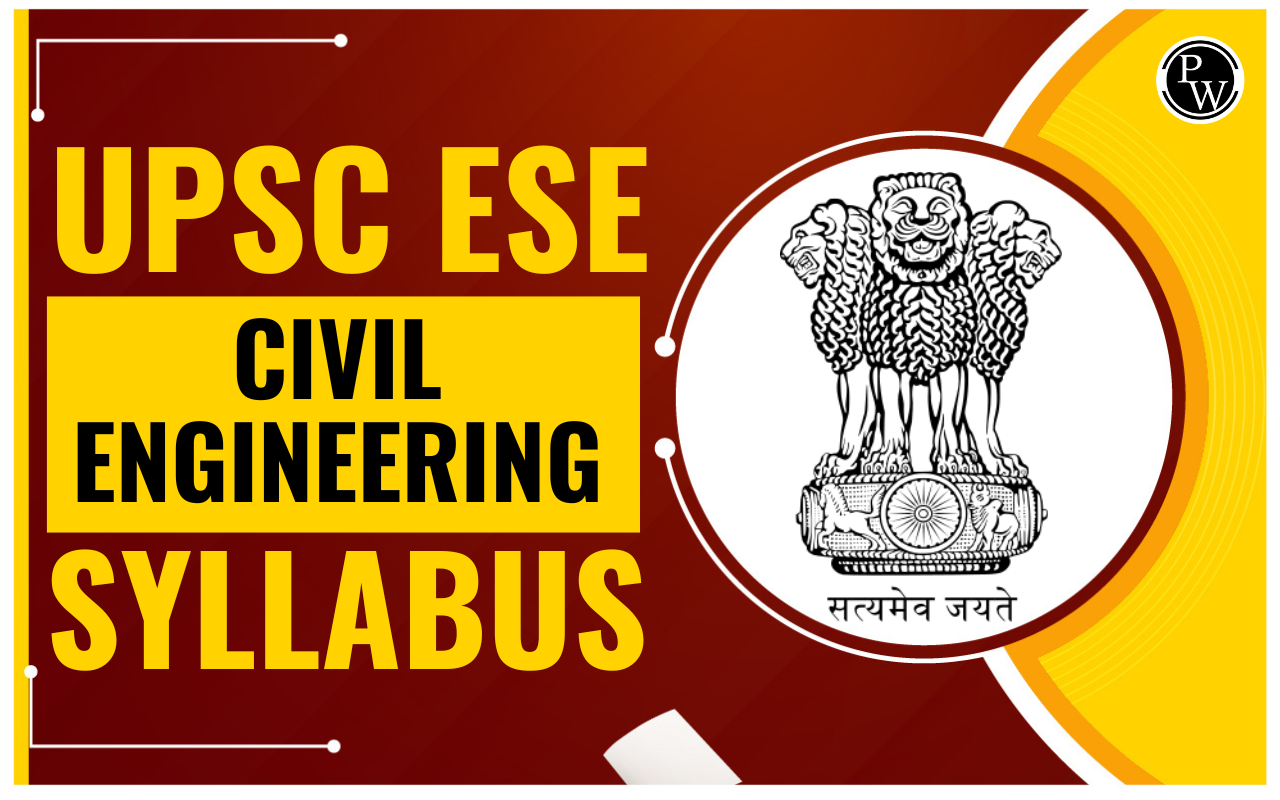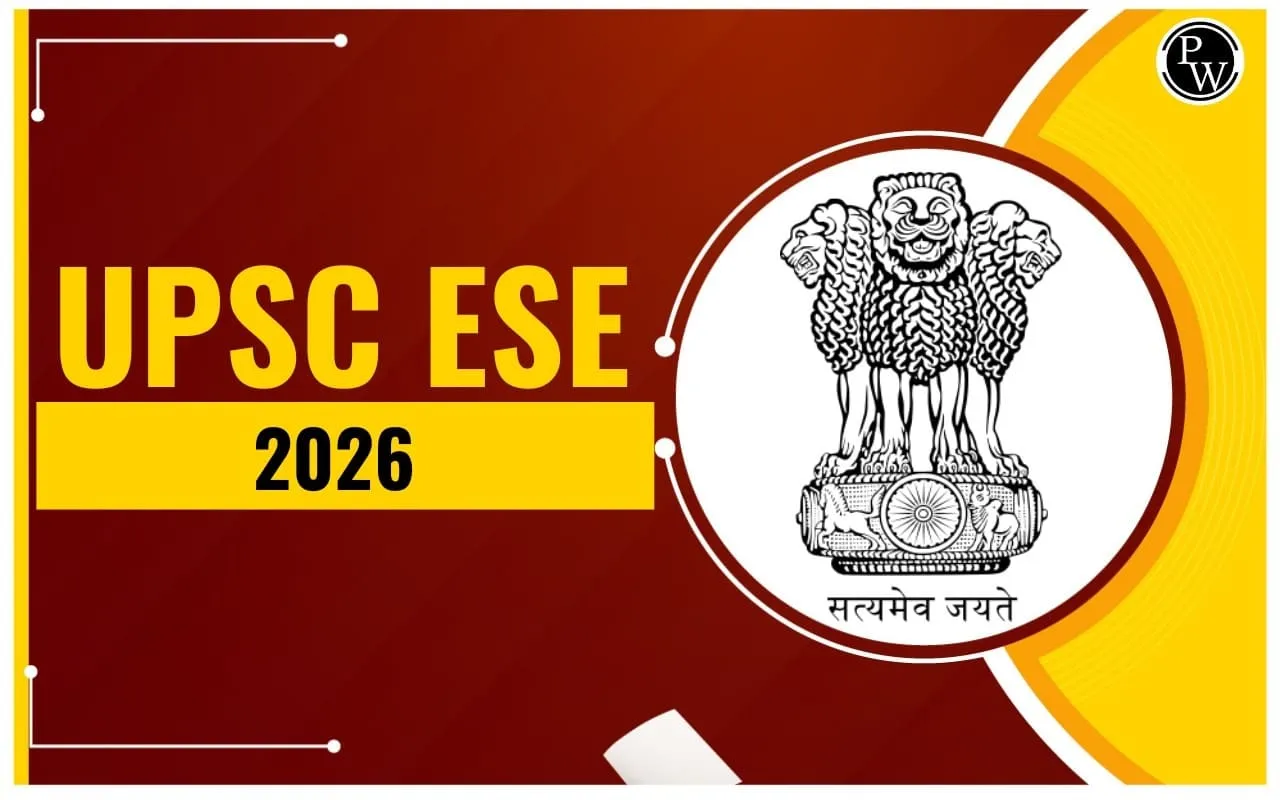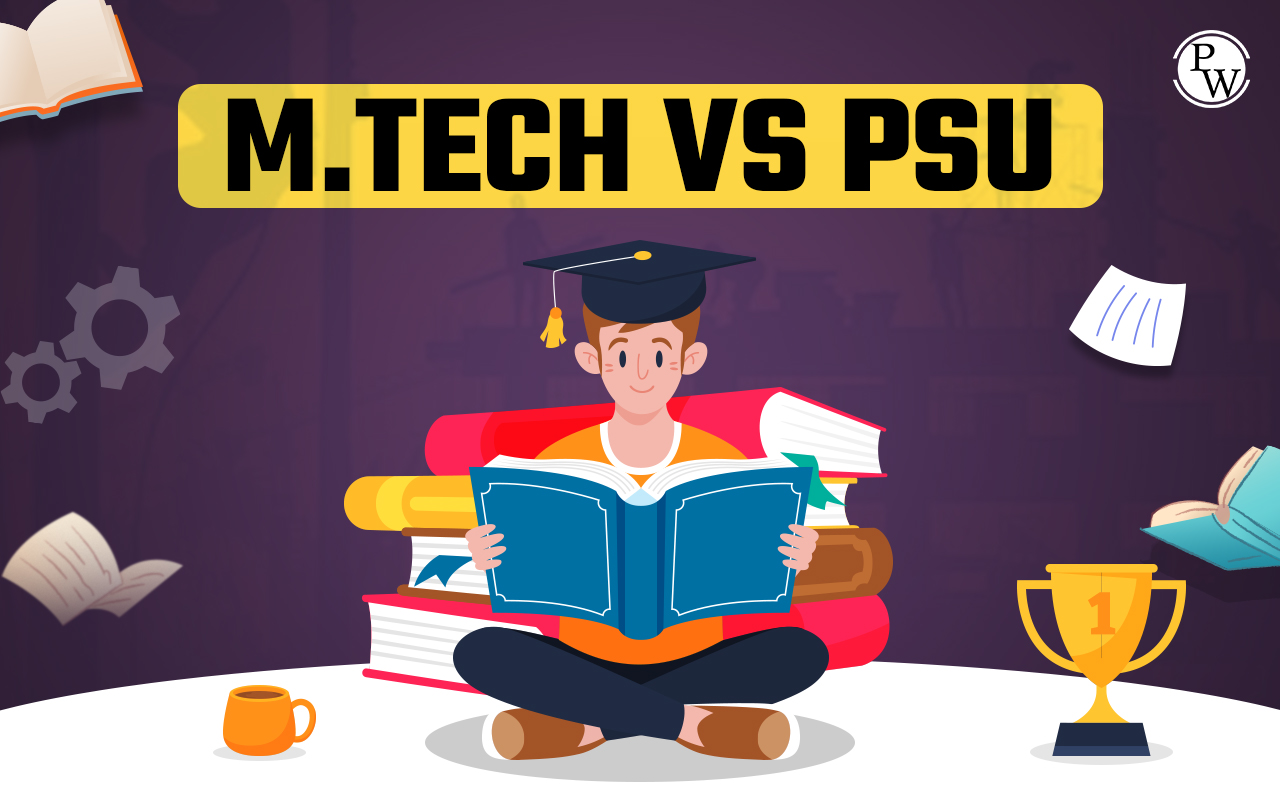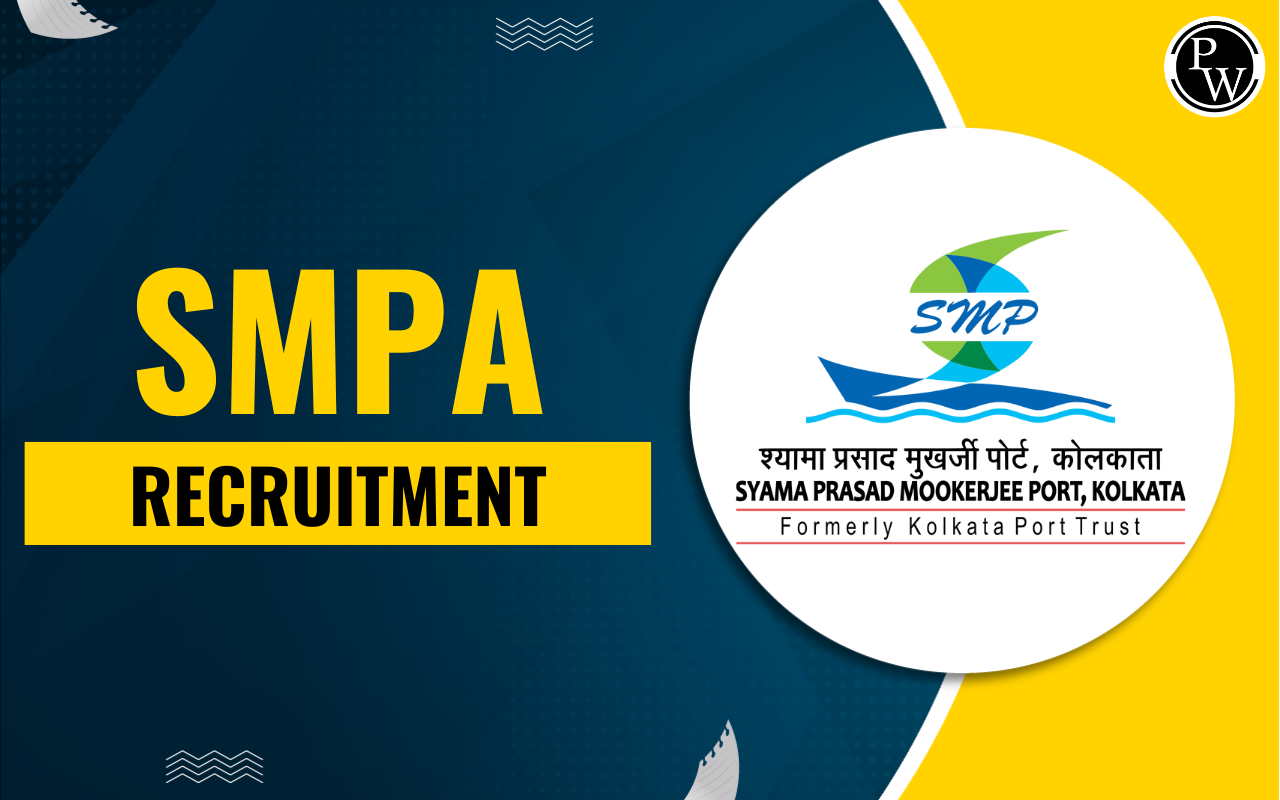
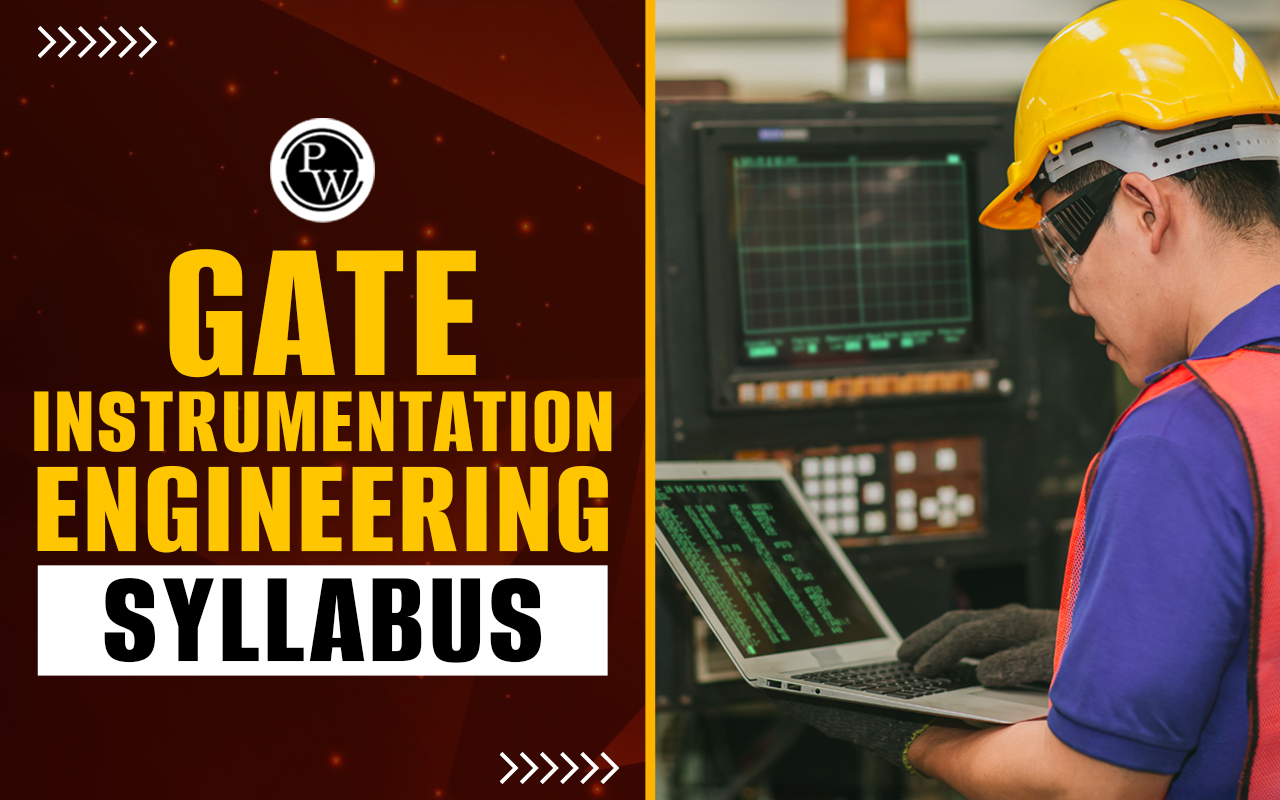
GATE Instrumentation Engineering Syllabus 2026: Individuals who are going to take the GATE 2026 examination for Instrumentation Engineering must understand the detailed syllabus provided here to boost their preparation. The GATE Syllabus for Instrumentation Engineering covers an extensive range of topics across General Aptitude and Core Subjects.
The GATE 2026 IN exam will be hosted by IIT Guwahati for faciliating admission to M.E./M.Tech program and jobs in PSUs. Those who wish to ace the exam with a good score must review the GATE Instrumentationsection Syllabus and begin preparation accordingly.
GATE Instrumentation Engineering Syllabus 2026
The GATE Instrumentation Engineering Syllabus 2026 primarily focuses on the study of the techniques and principles involved in the design and development of instrumentation systems. It is further divided into ten major sections, such as Engineering Mathematics, Electrical Circuits and Machines, Electricity and Magnetism, Communication and Optical Instrumentation, Digital Electronics, Analog Electronics, Sensors, Industrial Instrumentation, etc., as explained in the article below.
Moreover, one of the best and most effective ways to score exceptionally well in GATE 2026 is to thoroughly understand the instrumentation engineering syllabus and include the repeated topics in the study plan after analyzing the GATE Instrumentation Engineering exam pattern.
Also, Read: GATE 2026 Preparation
GATE 2026 Instrumentation Engineering Syllabus
As previously mentioned, the GATE syllabus for instrumentation engineering is divided into 10 sections. Each section consists of a few important topics from the perspective of the upcoming GATE 2026 exam. Refer to the details provided below to learn about the complete section-wise GATE instrumentation engineering syllabus 2026.
GATE Instrumentation Engineering Syllabus For General Aptitude
The General Aptitude is a common paper for all 30 branches of the GATE exam. Topics like verbal ability and numerical ability are covered in the GATE syllabus for instrumentation engineering.
| GATE Instrumentation Engineering Syllabus 2026 | |
| Topics | Sub-topics |
| Numerical Ability |
|
| Verbal Ability |
|
GATE Instrumentation Engineering Syllabus 2026 - Section-Wise
Aspirants can find all the important topics from the 10 sections of the GATE instrumentation engineering syllabus 2026 in the table below:
| GATE Instrumentation Engineering Section Wise Syllabus | |
| Section 1: Engineering Mathematics | |
| Linear Algebra |
|
| Calculus |
|
| Differential Equations |
|
| Analysis of Complex Variables |
|
| Probability and Statistics |
|
| Numerical Methods |
|
|
Section 2: Electricity and Magnetism |
|
|
|
|
Section 3: Electrical Circuits and Machines |
|
| Voltage and Current Sources |
|
| V-I Relationships and Transient Analysis |
|
| Circuit Analysis Techniques |
|
| AC Circuit Analysis |
|
| Network Theory |
|
| Transformers and Induction Motors |
|
|
Section 4: Signals and Systems |
|
| Signals |
|
| Transforms |
|
| Linear Time-Invariant Systems |
|
| Convolution and Correlation |
|
| Discrete-Time Systems |
|
| DFT (Discrete Fourier Transform) and Fast Fourier Transform (FFT) |
|
|
Section 5: Control Systems |
|
| Design of Compensators |
|
| Control System Design Techniques |
|
| Tuning of PID Controllers, Sizing of Control Valves, Feedback Principles, Signal Flow Graphs, Transient Response, Steady-State Errors, Bode Plot, Phase and Gain Margins, Routh and Nyquist Criteria, Root Loci | |
| State-Space Representation of Systems, Time-Delay Systems, Mechanical, Hydraulic, and Pneumatic System Components, Synchro Pair, Servo and Stepper Motors, Servo Valves | |
|
Section 6: Analog Electronics |
|
| Applications of Op-Amps |
|
| Diode |
|
| Zener Diode |
|
| Bipolar Junction Transistor (BJT) |
|
| Operational Amplifiers (Op-Amps) |
|
| Metal-Oxide Semiconductor Field-Effect Transistor (MOSFET) |
|
| Small Signal Analysis of Transistor Circuits, Feedback Amplifiers, and Sources and Effects of Noise and Interference in Electronic Circuits | |
|
Section 7: Digital Electronics |
|
|
|
|
Section 8: Measurements |
|
|
|
| SI Units and Standards |
|
| Expression of Uncertainty |
|
| Measurement Bridges |
|
|
Section 9: Communication and Optical Instrumentation |
|
| Analog Modulation and Demodulation |
|
| Digital Modulation Techniques |
|
| Optical Sources and Detectors |
|
|
|
|
Section 10: Sensors and Industrial Instrumentation |
|
|
|
Check: GATE Instrumentation Engineering Subject-wise weightage
GATE Instrumentation Engineering Syllabus PDF
Downloading the GATE Instrumentation Engineering Syllabus 2026 PDF is of utmost importance for aspirants to excel in the GATE preparation. This comprehensive document provides a list of vital topics from the extensive GATE syllabus. By downloading and securely saving the GATE 2026 syllabus for instrumentation engineering, not only can aspirants access it from time to time during their study sessions, but they can also save significant time that would otherwise be spent searching for the syllabus online repeatedly.GATE Instrumentation Engineering Paper 2026 Marking Scheme
Questions from all the sections of the GATE instrumentation engineering syllabus 2026 will either carry 1 or 2 marks. While the general aptitude section is likely to carry 15-mark questions, the subject-specific section will be worth 85 marks.
| Topic-wise GATE Instrumentation Syllabus Weightage | ||
| GATE Syllabus Topics | Weightage | Number of Questions |
| General Aptitude | 15% | 10 |
| Engineering Mathematics | 11% | 7 |
| Network Theory | 4% | 3 |
| Digital Circuits | 8% | 5 |
| Signals and Systems | 8% | 5 |
| Control Systems | 6% | 4 |
| Measurements | 12% | 8 |
| Analog Circuits | 8% | 5 |
| Communication | 3% | 2 |
| Transducers | 8% | 5 |
| Optical Instrumentation | 5% | 3 |
| Process Control | 1% | 1 |
GATE Instrumentation Engineering Syllabus 2026 FAQs
Q. How to download the GATE Instrumentation Engineering Syllabus?
Q. How many sections are there in the GATE instrumentation engineering syllabus 2026?
Q. Who will conduct the GATE 2026 instrumentation engineering exam?
Q. What will be the GATE instrumentation engineering syllabus 2026?

